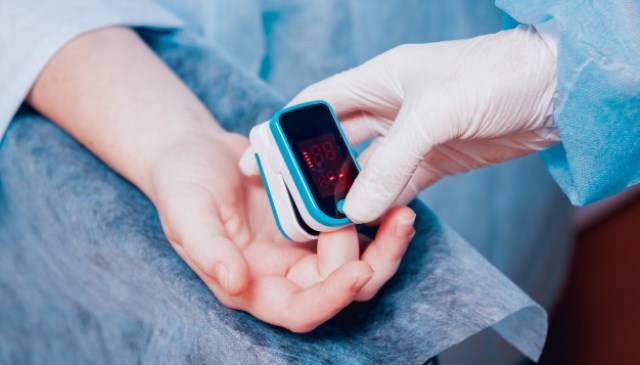

PULSE OXIMETER READING PROFESSIONAL
A medical professional can determine if it would be helpful and also provide direction for interpreting the readings in the context of how you are feeling. “Most importantly, if you’re interested in purchasing a pulse oximeter for home use, please discuss the necessity and use of the device with your healthcare provider. However, it is also possible for the device to show healthy oxygen saturation levels even when experiencing trouble breathing which may lead some individuals to delay seeking urgently needed care. In some cases, they do catch lung problems before you struggle with shortness of breath. “Fixating on pulse oximeter readings may provide a false sense of security. These are symptoms that have prompted individuals to seek help in emergency rooms and urgent care centers and that is when oxygen levels are found to be low. Also, headache and mild confusion can also occur and can be a sign of low oxygen levels. Patients should concentrate on other symptoms such as cough, shortness of breath, chest discomfort, respiratory rate and pulse rate. Low oxygen levels are usually not the sole indicator of having COVID-19. Communicate with your healthcare provider about the role of a pulse oximeter. The Lung Association advises against buying pulse oximeters unnecessarily. The oxygen saturation is the amount of your blood’s protein, hemoglobin, that is a carrier of oxygen for your body’s tissues and organs to use. However, unless you have a chronic lung or heart condition that affects your oxygen saturation level on a regular basis, most individuals do not need to have a pulse oximeter in their home. “If you have COVID-19, a decline in oxygen level is one of the criteria that would warrant seeking additional medical care, which has led many to begin purchasing pulse oximeters without consulting a physician.

In response, American Lung Association Chief Medical Officer Albert Rizzo, M.D., issued the following statement: As a result, many are purchasing pulse oximeters (clip-on devices that measure blood oxygen levels) and they have become more difficult for consumers and even hospitals to purchase.

For people who suspect they have COVID-19, shortness of breath is one of the symptoms that would prompt seeking immediate medical attention.


 0 kommentar(er)
0 kommentar(er)
